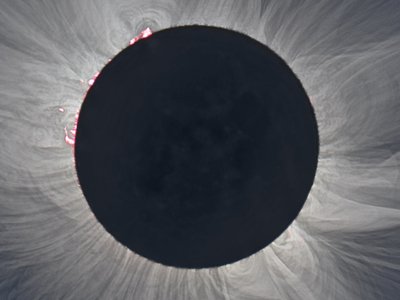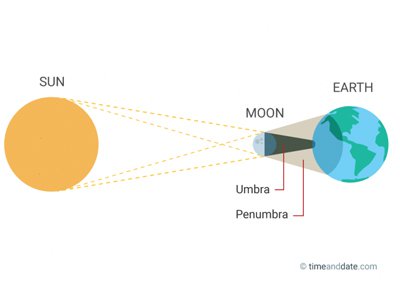Why are total eclipses so rare?

According to the National Weather Service, the moon's distance from Earth varies from a minimum of 221,000 to a maximum of 252,000 miles, meaning the moon's apparent size in our sky varies by 13%. A total eclipse can only happen when the moon's orbit is toward its minimum distance from Earth, therefore appearing visually as a larger disk than the sun.

The moon's shadow becomes narrower as it is cast from the moon to Earth (in a shape of a cone with the wide end being at the moon and the narrow end on Earth). Therefore, the path of totality on Earth is narrow. It is also very short-lived as the moon is moving quickly (around 2,288 MPH) away from its perfect location of being situated between the sun and Earth.
After this year, the next opportunities to experience a total solar eclipse over the contiguous United States will be in 2044 (in North Dakota and Montana), 2045 (as it crosses from California to Florida) and 2052 (as it crosses the Gulf of Mexico into Florida, Georgia and South Carolina).
